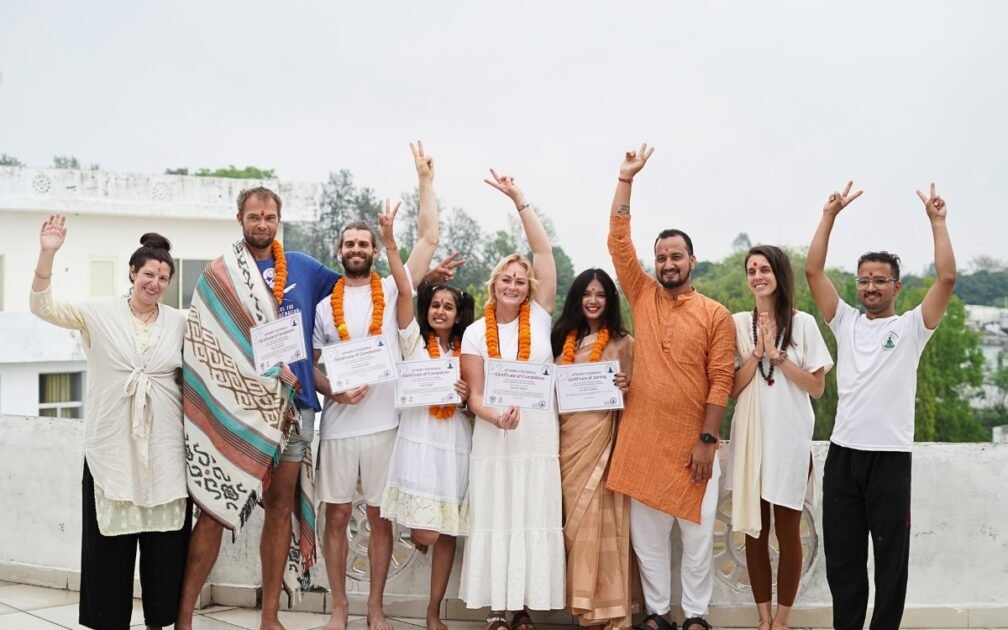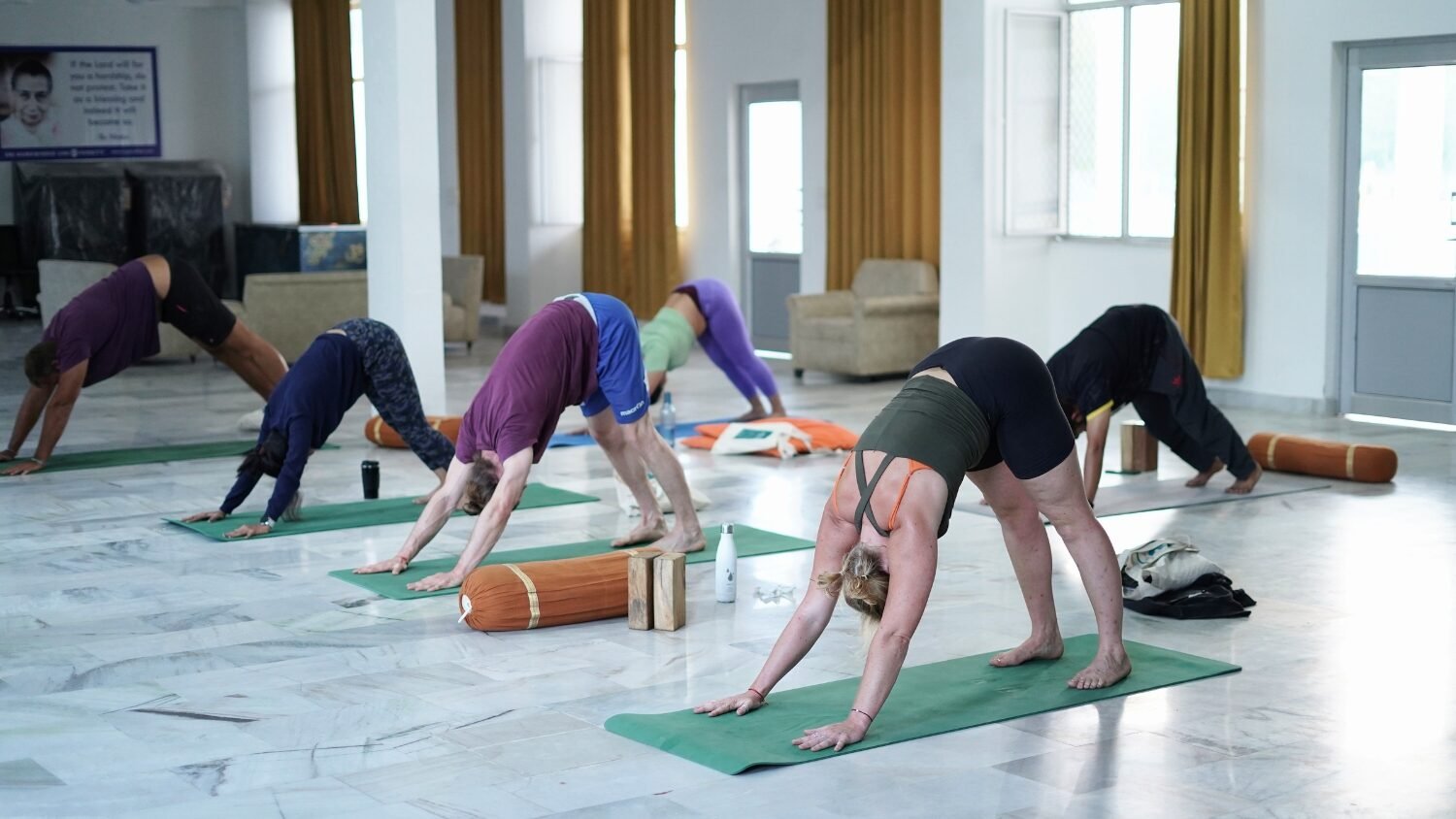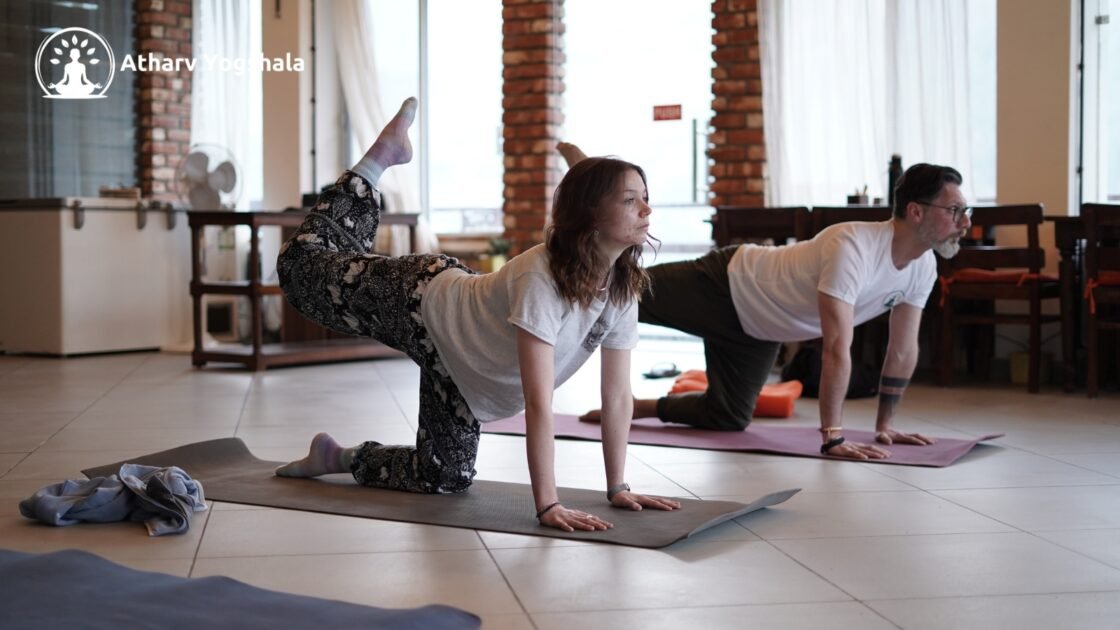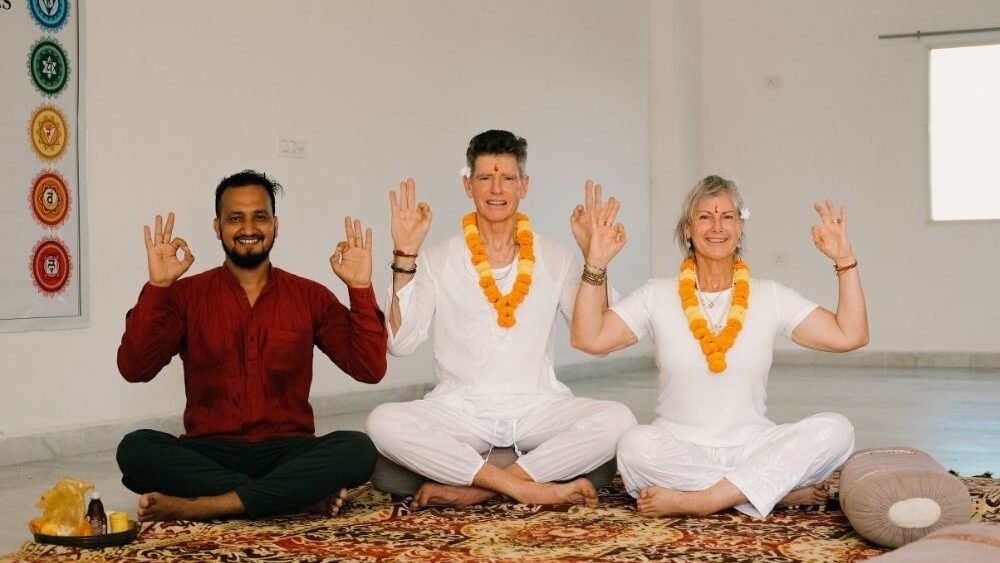
Yoga and meditation are deeply intertwined practices that have been developed and refined over thousands of years, primarily in the Indian subcontinent. Both are holistic disciplines aimed at cultivating physical, mental, and spiritual well-being.
While yoga is often associated with physical postures and exercises, and meditation with mental stillness and focus, their relationship is much more complex and symbiotic. This essay explores the connection between yoga and meditation, illustrating how they complement and enhance each other.
Historical and Philosophical Context
Yoga and meditation share common roots in ancient Indian traditions and philosophies. The earliest mentions of yoga can be found in the Rig Veda, one of the oldest sacred texts, where it was initially a means of spiritual discipline.
The term “yoga” itself comes from the Sanskrit root “yuj,” meaning to yoke or unite, signifying the union of the individual self with the universal consciousness. Meditation, or “dhyana” in Sanskrit, is a core component of yoga. It is described in the Vedic texts as a means to achieve deep spiritual insights and self-realization.
The Yoga Sutras of Patanjali, a foundational text of classical yoga, provide a structured framework for understanding the practice of yoga.
Patanjali outlines the eight limbs of yoga, known as Ashtanga Yoga, which include ethical guidelines (yamas and niyamas), physical postures (asanas), breath control (pranayama), sensory withdrawal (pratyahara), concentration (dharana), meditation (dhyana), and ultimately, the state of spiritual absorption (samadhi). This framework highlights the integral role of meditation within the broader practice of yoga.
Also Read:Understanding and Preventing Injuries
The Symbiotic Relationship
The relationship between yoga and meditation can be understood through several key dimensions:
Preparation and Progression:
In the traditional Ashtanga Yoga system, physical postures (asanas) and breath control (pranayama) are considered preparatory practices for meditation.
Asanas help prepare the body by promoting physical health, flexibility, and stability, which are essential for sitting comfortably for extended periods. Pranayama, or breath regulation, helps calm the mind and balance the nervous system, making it easier to enter meditative states.
Mind-Body Connection:
Both yoga and meditation emphasize the mind-body connection. Through the practice of asanas, individuals become more aware of their bodies, developing a heightened sense of proprioception and bodily awareness.
This physical mindfulness is a form of meditative practice that helps bridge the gap between the physical and mental aspects of being. Similarly, meditation fosters a deep awareness of the mind’s processes, which can enhance the quality of attention and presence in yoga practice.
Stress Reduction and Mental Clarity:
Yoga and meditation are both powerful tools for reducing stress and enhancing mental clarity. Regular practice of yoga asanas has been shown to reduce the levels of the stress hormone cortisol, alleviate symptoms of anxiety and depression, and improve overall emotional regulation.
Meditation complements these benefits by training the mind to remain calm and focused, reducing the tendency to ruminate on stressors and negative thoughts.
Spiritual Growth:
For many practitioners, the ultimate goal of both yoga and meditation is spiritual growth and self-realization.
Yoga’s physical practices are seen as a means to purify the body and mind, preparing the practitioner for deeper spiritual practices like meditation.
Meditation, in turn, is the practice through which one can transcend the ego and experience a sense of oneness with the universe, which is the essence of yoga.
Scientific Insights
Modern scientific research has provided empirical support for the benefits of yoga and meditation, often highlighting their interrelated effects.
Studies using brain imaging techniques have shown that both practices can lead to structural changes in the brain, such as increased gray matter density in areas associated with learning, memory, and emotional regulation. These changes are linked to improved cognitive function and emotional stability.
Furthermore, research indicates that the combined practice of yoga and meditation can have synergistic effects.
For example, a study published in the journal “Mindfulness” found that individuals who practiced both yoga and meditation experienced greater improvements in mindfulness and psychological well-being compared to those who practiced either one alone. This suggests that the integration of physical and mental disciplines can enhance the overall efficacy of each practice.
Practical Integration
In contemporary settings, yoga classes often incorporate elements of meditation, and meditation sessions may include gentle yoga stretches.
This integrated approach is designed to harness the complementary benefits of both practices. For instance, a typical yoga session might begin with a short meditation to center the mind, followed by a series of asanas to work the body, and end with a longer meditation or relaxation period to consolidate the practice.
Different styles of yoga emphasize this integration to varying degrees. Hatha yoga, which focuses on physical postures, often includes pranayama and meditation as key components.
Kundalini yoga places a strong emphasis on the energetic and meditative aspects of yoga, using breathwork, chanting, and meditation to awaken spiritual energy. Similarly, styles like Vinyasa or Ashtanga yoga incorporate meditative flow and breath synchronization to create a moving meditation.
Challenges and Considerations
Despite their benefits, integrating yoga and meditation into daily life can present challenges. Modern lifestyles often prioritize speed and productivity, which can make the slower, more introspective practices of yoga and meditation seem counterintuitive.
Additionally, beginners may find it difficult to sit still and focus during meditation or to achieve the required flexibility and strength for certain yoga postures.
To overcome these challenges, it is essential to approach both practices with patience and consistency. Starting with short, manageable sessions and gradually increasing the duration and intensity can help build a sustainable practice. Seeking guidance from experienced teachers can also provide valuable support and insights.
Conclusion
Yoga and meditation are complementary practices that together offer a comprehensive approach to physical, mental, and spiritual well-being. Their historical and philosophical roots highlight their interdependence, and modern scientific research supports their combined benefits.
By integrating yoga and meditation, practitioners can cultivate a balanced and holistic lifestyle that promotes overall health, reduces stress, and fosters deeper self-awareness and spiritual growth.
In a world that often emphasizes external achievements and material success, yoga and meditation provide a means to turn inward, explore the depths of the mind and body, and reconnect with the essence of being. Whether practiced separately or together, they offer valuable tools for navigating the complexities of life with greater ease, clarity, and peace.












Leave a comment: